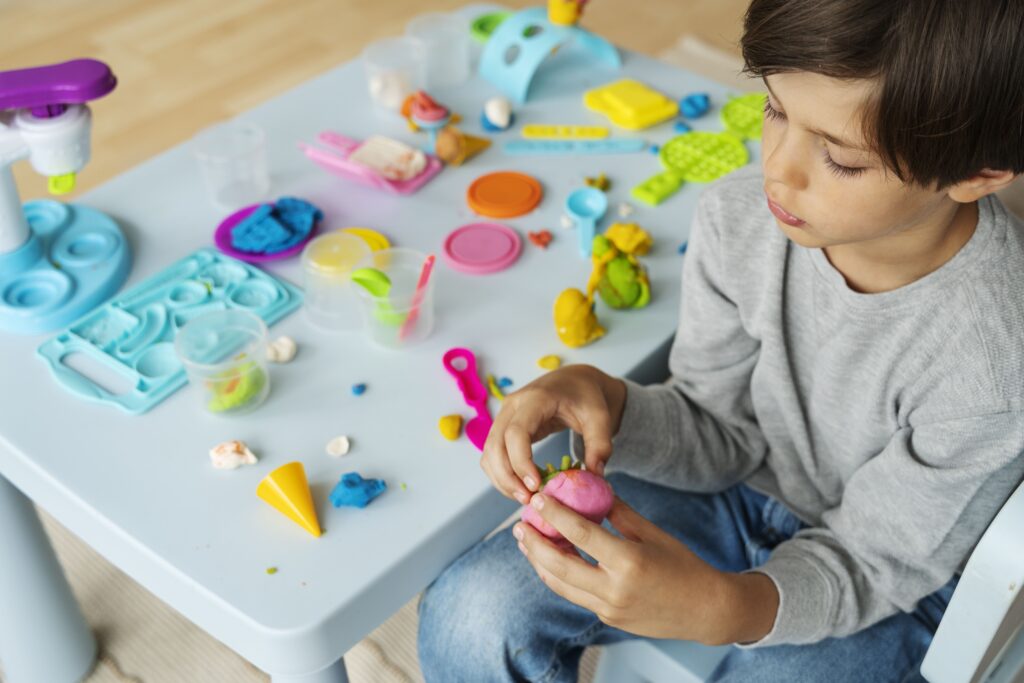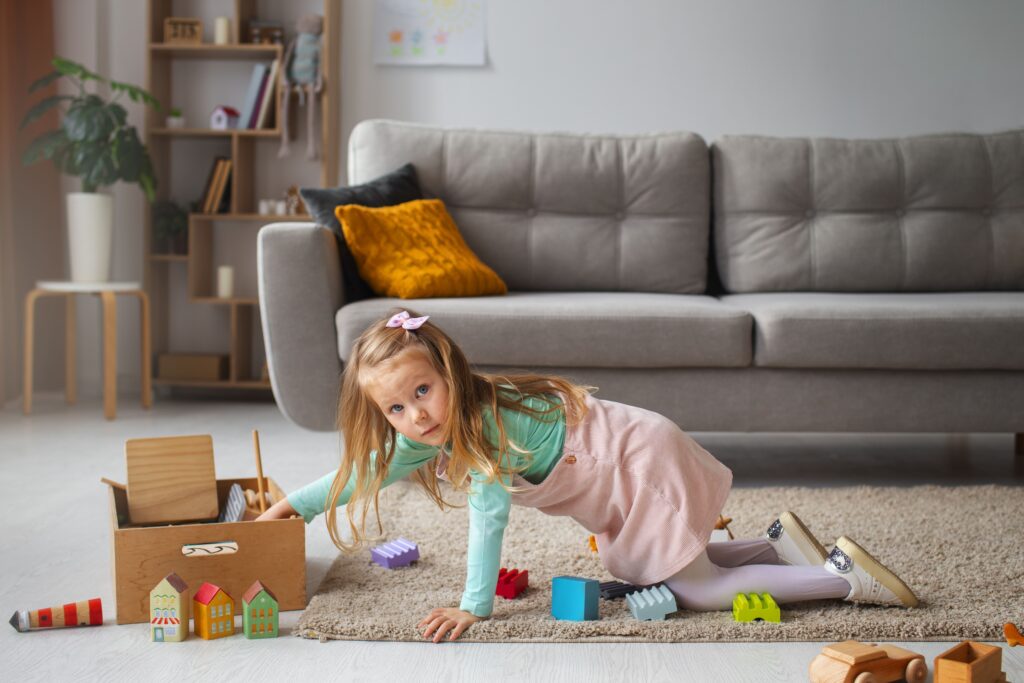15 Surprisingly Simple Screen Time Alternatives for When You’re Totally Tapped Out
I’ll never forget the day I looked over and saw my three-year-old expertly swiping through a photo gallery on my phone. As a result, my heart sank. Surprisingly, I hadn’t taught him that; instead, he’d just learned it from watching me.
Like so many parents, I found myself using screens as a digital babysitter. For instance, when I was making dinner, on an important work call, or just desperately needed a minute to breathe, the tablet or TV was my go-to. However, the guilt was eating me alive.
Ultimately, the problem wasn’t that I wanted him to have zero screen time. On the contrary, the problem was that I was completely out of ideas for what else to do. Furthermore, I was too tired to set up elaborate crafts or manage messy projects.
Therefore, I started collecting stupidly simple screen time alternatives. Specifically, these aren’t Pinterest-perfect activities. Instead, they are real, tired-parent-tested ways to engage your child’s brain and body without a screen. Best of all, they require little to no prep.
The “Magic Cabinet” Solution: How to Make It Work
Before we dive into the list, here’s my best tip: first, create a “Busy Box” or a “Magic Cabinet.” In other words, this is a place where you keep a few of these activities, stored away and only brought out when you truly need a break. Moreover, the novelty is key! For example, a shoebox with a few special items can buy you 20 minutes of quiet time.
15 Simple Screen Time Alternatives (That Actually Work)
Here are the activities that saved my sanity, which are divided by the type of break you need.
When You Need 15-20 Minutes of Quiet
Play-Doh + “Secrets”. This is a fan favorite: Specifically, give them Play-Doh and press a few small “secrets” into it—like a penny or a dry bean. As a result, their mission is to excavate the treasures without breaking them.
The “Can You Build a Tower?” Challenge. Simply give them a stack of plastic cups, a pile of LEGO DUPLO, or even just the couch cushions. Consequently, the simple goal of “build it as high as you can” is incredibly captivating.
Window Gel Cling Magic. To illustrate, buy a cheap set of window gel clings. Suddenly, your window or glass door becomes an interactive canvas. Not only is peeling and sticking great for fine motor skills, but as a bonus, it’s virtually mess-free.
The “Bug Rescue” Mission. Here’s a classic: First, give them a roll of painter’s tape (sticky side out) wrapped around their wrist. Then, challenge them to go on a “bug hunt” and rescue all the tiny fuzzies and lint pieces from the carpet by sticking them to the tape.
Audio Stories & Podcasts. If you haven’t explored kids’ podcasts yet, then you’re missing out. For example, turn on a story-based podcast like “Wow in the World.” Consequently, it gives them screen-like entertainment while actively engaging their imagination.

When You Need to Get Energy Out (Indoors!)
“Red Light, Green Light” in the Hallway. Similarly, this classic game is perfect for indoor spaces and additionally teaches listening skills.
The Ultimate Pillow Fort. Don’t underestimate this one. Firstly, dragging chairs and draping blankets is a full-body workout. Plus, the cozy den they create becomes a new play zone.
Animal Races. To clarify, call out an animal and have them race to the other side of the room moving like it. For instance, “Hop like a frog!” Similarly, “Waddle like a penguin!” It’s silly, fun, and exhausting.
Sock Ball Basketball. Simply crumple up some socks and use a laundry basket as the hoop. Not only is this a great way to burn energy, but it also helps with coordination.
Freeze Dance. This one requires zero explanation. Basically, put on their favorite music and yell “FREEZE!” Therefore, it’s a timeless, high-energy alternative to screen time.

When You Want to Spark Creativity
The “Make a Card” Station. Simply put out some blank cards, stickers, and crayons. Then, ask them to make a card for a grandparent. In the end, it gives their creativity a purpose.
Washi Tape Roads. For example, give them a roll of low-tack washi tape and let them create an entire road system for their toy cars. Furthermore, peeling it up later is easy, making it a low-mess masterpiece.
“What’s in the Bag?” This is a great sensory game. To begin, place a common household object inside a fabric bag. Then, without looking, they have to reach in, feel it, and guess what it is.
Water Painting. On a sunny day, give them a bucket of water and a paintbrush. Next, let them “paint” the siding on the house. Since the water disappears as it dries, the canvas is always fresh.
Doctor’s Office for Stuffed Animals. Finally, set up a “clinic” where all their stuffed animals need check-ups. As a result, a bandage and a kind word can keep them engaged in imaginative play for a long time.
Ultimately, the goal isn’t to eliminate screens entirely. Instead, it’s to have a toolbox of other options so the screen isn’t your only option.
At first, transitioning away from the easy screen habit was hard. But I started by implementing just one or two of these screen time alternatives a day. Over time, my son began to choose these activities himself. More importantly, I felt my guilt transform into confidence.
In the end, these fun activities for kids gave me more than just a break; they gave us back moments of real, connected, unplugged play. And that’s a trade I’ll make any day.





